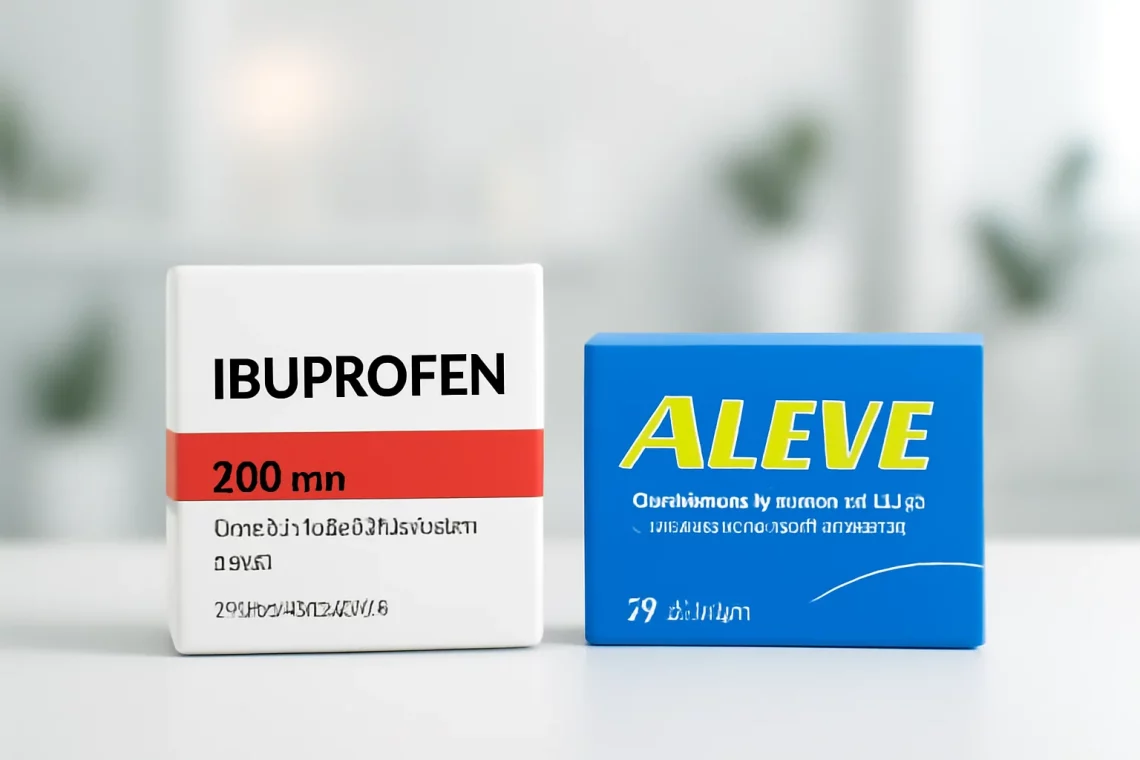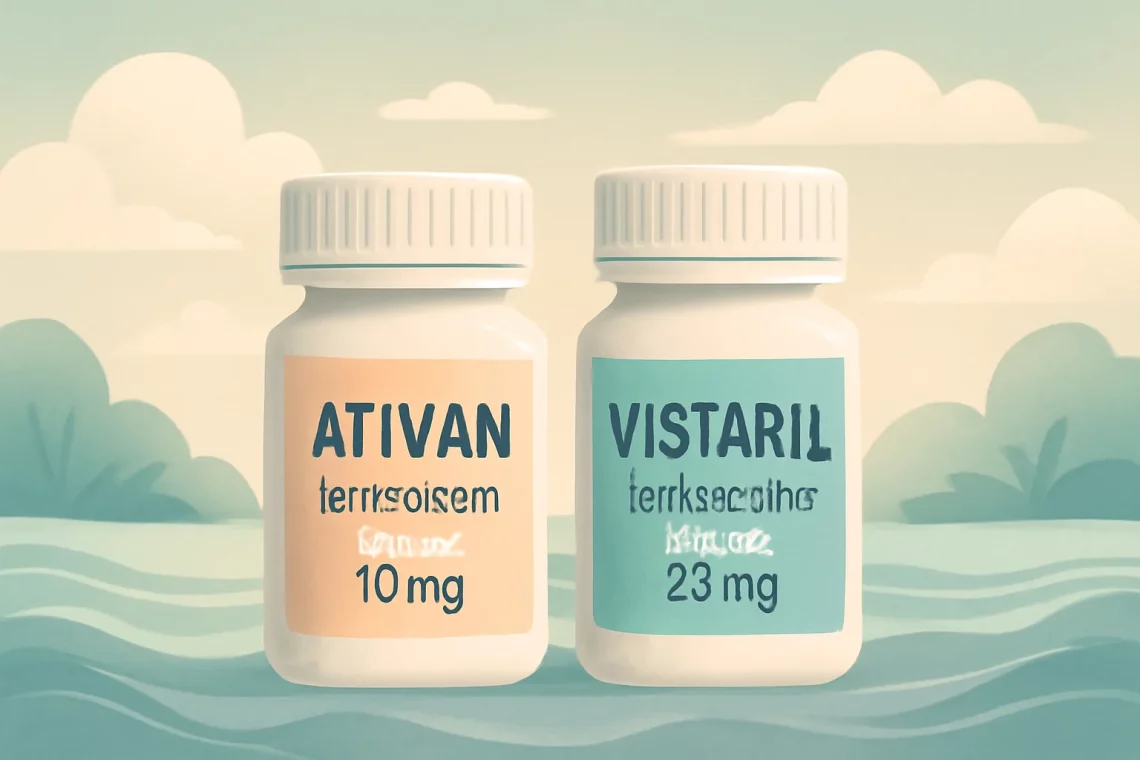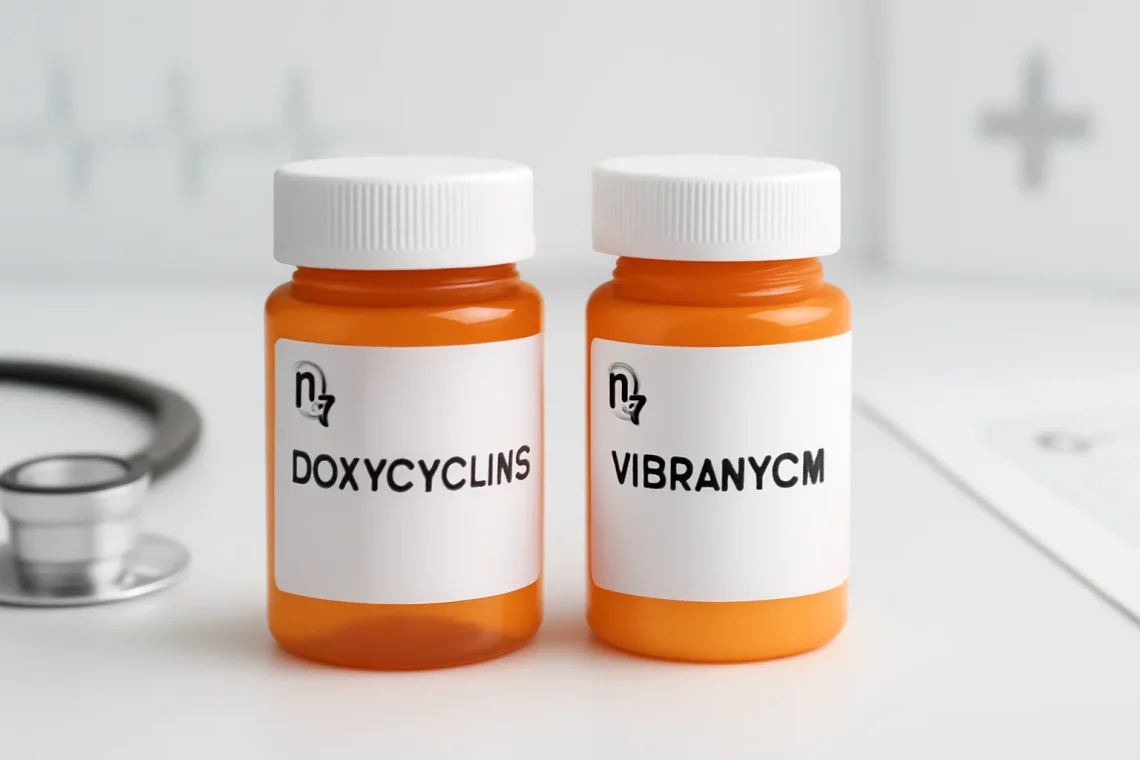-
Ibuprofen vs Aleve: Which Pain Reliever is Right for You?
In the realm of over-the-counter pain relief, two names frequently rise to the forefront: Ibuprofen and Aleve. Both medications are popular choices for alleviating pain, reducing inflammation, and managing fever. However, despite their similar applications, they belong to different classes of nonsteroidal anti-inflammatory drugs (NSAIDs), which can lead to variations in their effectiveness, side effects, and duration of action. Understanding the differences between these two medications is crucial for making informed decisions regarding pain management. Ibuprofen is a non-selective NSAID that works by inhibiting certain enzymes involved in the inflammatory process, while Aleve, which contains naproxen, has a longer duration of action and may be preferred for chronic conditions. As…
-
Ativan vs Vistaril: A Comprehensive Comparison of Anxiety Medications
Ativan and Vistaril are two medications often used to manage anxiety and related conditions, but they belong to different drug classes and have distinct mechanisms of action. Understanding these differences is crucial for patients and healthcare providers when determining the most appropriate treatment option. Both medications have their unique benefits and potential side effects, which can influence the choice between them. Ativan, a brand name for lorazepam, is a benzodiazepine known for its sedative properties. It is commonly prescribed for anxiety disorders, insomnia, and even certain seizure disorders. Vistaril, or hydroxyzine, is an antihistamine with anxiolytic properties, often used for anxiety relief and as a sedative prior to surgery. By…
-
Vraylar vs Saphris: A Comprehensive Comparison of Two Antipsychotics
Vraylar and Saphris are two medications commonly prescribed for the treatment of mental health disorders, particularly those within the spectrum of schizophrenia and bipolar disorder. Mental health challenges are complex and multifaceted, often requiring a personalized approach to treatment. As more individuals seek effective solutions, understanding the available options becomes crucial. Both Vraylar and Saphris belong to a class of medications known as atypical antipsychotics. These drugs have been developed to address symptoms associated with severe mental health conditions while aiming to minimize side effects often associated with traditional antipsychotics. Patients and healthcare providers alike must consider various factors when choosing a treatment plan, including efficacy, side effects, and individual…
-
Benzonatate vs Delsym: A Comprehensive Comparison of Cough Remedies
Benzonatate and Delsym are two commonly used medications that help alleviate cough symptoms, yet they operate through different mechanisms and are prescribed for various conditions. Understanding the distinctions between these two medications can be crucial for individuals seeking relief from persistent coughing, whether caused by allergies, colds, or other respiratory issues. Coughing is a natural reflex that helps clear the airways of irritants, but when it becomes excessive or chronic, it can lead to discomfort and interfere with daily activities. With a plethora of over-the-counter and prescription options available, patients often find themselves confused about which treatment is most suitable for their specific needs. Benzonatate and Delsym are among the…
-
Guafenesin vs Acetylcysteine: Which Mucolytic is Right for You?
Guafenesin and acetylcysteine are two substances often discussed in the context of respiratory health. Both are utilized for their mucolytic properties, aiding in the clearance of mucus from the airways. Understanding how these compounds function and their respective roles in treating conditions like chronic bronchitis, asthma, or cystic fibrosis can be pivotal for patients seeking relief from respiratory discomfort. Guafenesin is primarily known as an expectorant. By loosening phlegm and thinning bronchial secretions, it facilitates easier breathing and cough relief. On the other hand, acetylcysteine operates as a mucolytic agent, breaking down the structure of mucus, thereby enhancing its clearance from the respiratory tract. While both serve similar purposes, their…
-
Loratadine vs Chlorpheniramine: Which Antihistamine is Better?
Allergies can be a significant nuisance for many individuals, leading to symptoms such as sneezing, runny nose, and itchy eyes. In an effort to combat these discomforts, various antihistamines have been developed to alleviate allergic reactions. Two common medications frequently discussed are loratadine and chlorpheniramine. Both of these drugs serve the primary purpose of relieving allergy symptoms, but they belong to different classes of antihistamines and exhibit distinct characteristics. Understanding the differences between loratadine and chlorpheniramine is essential for making informed decisions about allergy management. Factors such as efficacy, side effects, and duration of action can vary significantly between these two medications. By exploring their unique properties, individuals can better…
-
Nurtec vs Aimovig: A Comprehensive Comparison of Migraine Treatments
Migraine disorders can significantly impact the quality of life for millions of individuals worldwide. As awareness of these debilitating conditions grows, so does the demand for effective treatments. Among the myriad of options available, Nurtec and Aimovig have emerged as notable contenders in the realm of migraine management. Both medications offer unique mechanisms of action and varying approaches to alleviating migraine symptoms, which can be crucial for patients seeking relief. Understanding the differences between these two treatments is essential for anyone suffering from migraines. Not only do they have distinct properties, but they also come with different dosing regimens, side effects, and potential interactions with other medications. The choice between…
-
Adderall vs Vyvanse Which ADHD Medication Is Right for You
Adderall and Vyvanse are two of the most commonly prescribed medications for Attention Deficit Hyperactivity Disorder (ADHD). Both drugs are stimulants that affect chemicals in the brain and nerves that contribute to hyperactivity and impulse control. However, despite their similar purposes, they have distinct differences in formulation, duration of action, and side effects, making them suitable for different patients depending on their specific needs. Understanding these differences is crucial for individuals diagnosed with ADHD and their families, as it can impact treatment outcomes significantly. As the prevalence of ADHD continues to rise, so does the importance of finding the right medication. Patients often find themselves faced with the decision of…
-
Meloxicam vs Motrin: Which Pain Reliever Is Right for You?
Meloxicam and Motrin are both non-steroidal anti-inflammatory drugs (NSAIDs) commonly used to relieve pain and reduce inflammation. While both medications serve similar purposes, they differ in their chemical composition, mechanisms of action, and specific uses. Understanding the distinctions between these two medications can empower patients to make informed decisions about their pain management strategies. Pain is a universal experience, and effective treatment is essential for maintaining quality of life. Whether it arises from chronic conditions like arthritis or acute injuries, finding the right medication can significantly impact how individuals manage their symptoms. Patients often seek alternatives to traditional painkillers due to concerns about side effects and long-term use. As a…
-
Doxycycline vs Vibramycin: Key Differences and Uses Explained
Doxycycline and Vibramycin are two commonly prescribed antibiotics belonging to the tetracycline class. Both medications are utilized for their effectiveness in treating various bacterial infections, but they also have unique properties and indications that set them apart. Understanding the differences and similarities between these two drugs is crucial for patients and healthcare providers alike. Doxycycline is often favored for its broad-spectrum activity, making it suitable for a wide array of infections, including respiratory tract infections, urinary tract infections, and some sexually transmitted infections. Vibramycin, on the other hand, is essentially a brand name for doxycycline, indicating that it is the same active ingredient but distributed under a different label. This…






































